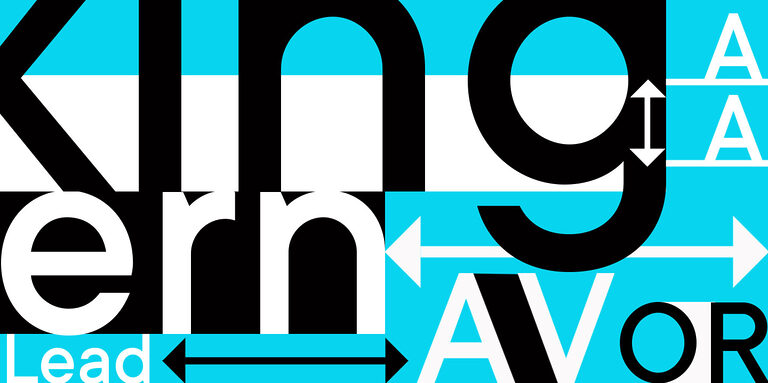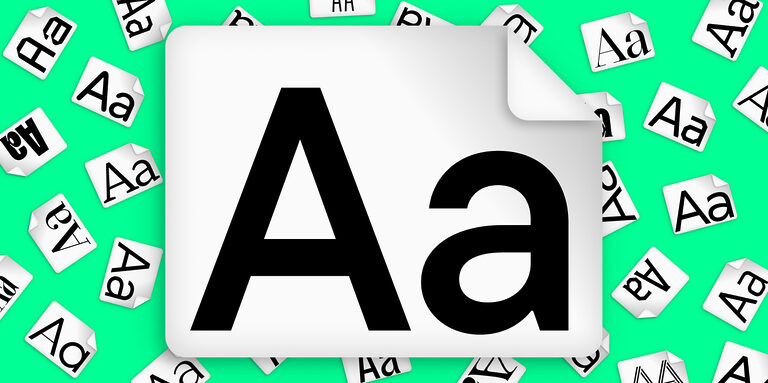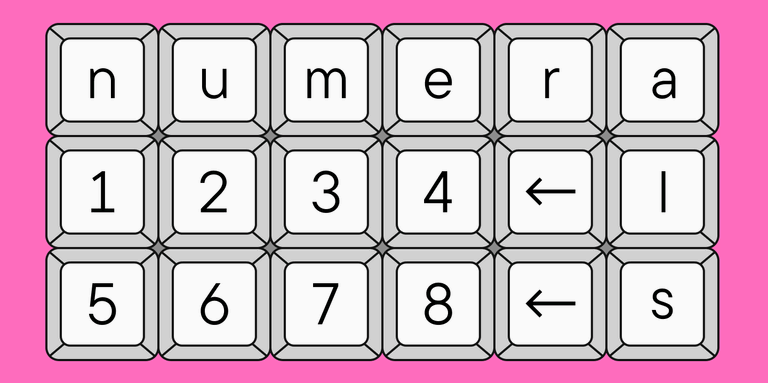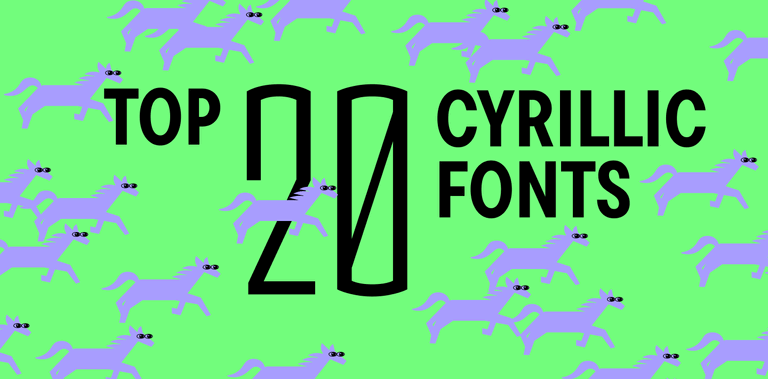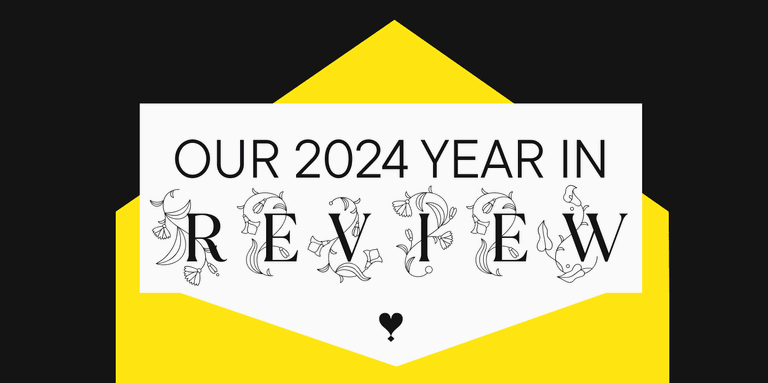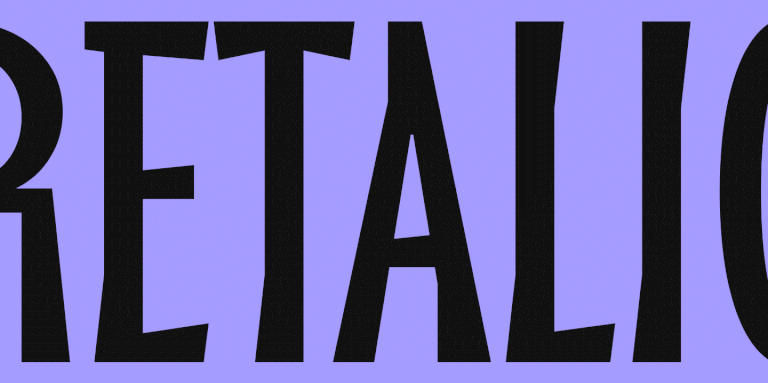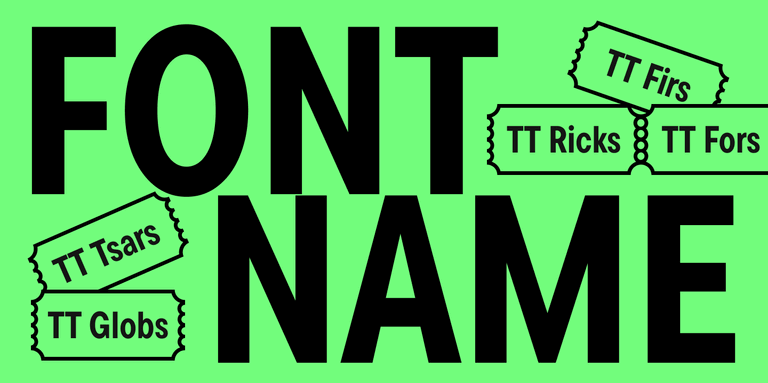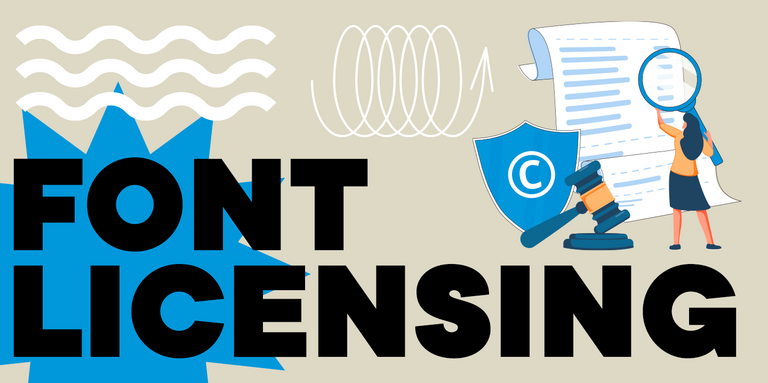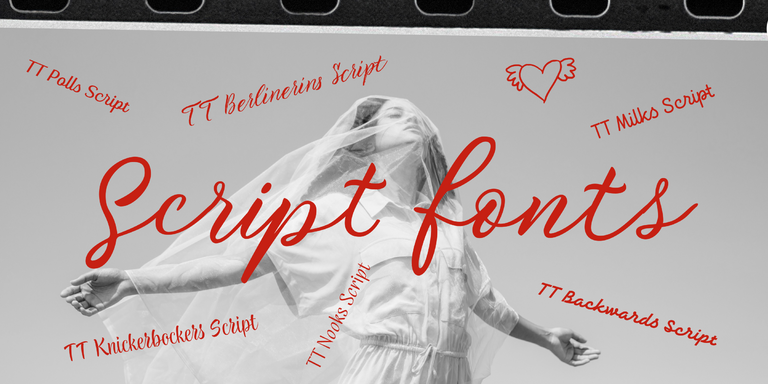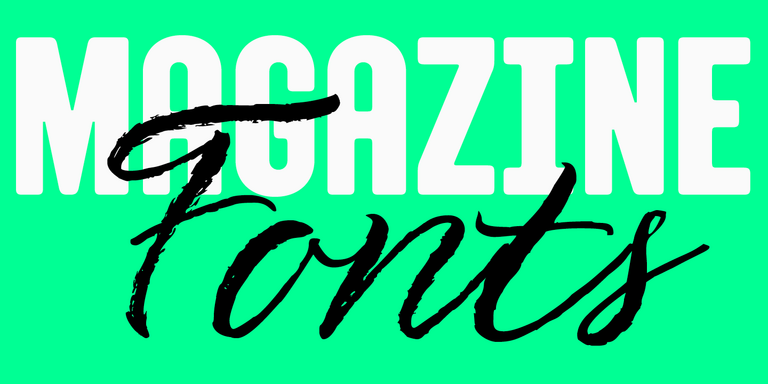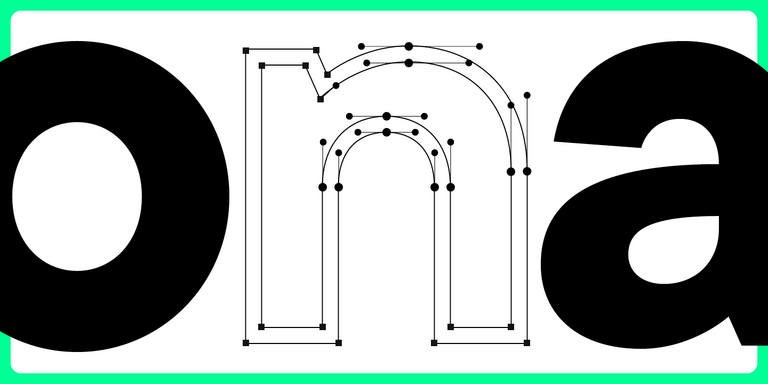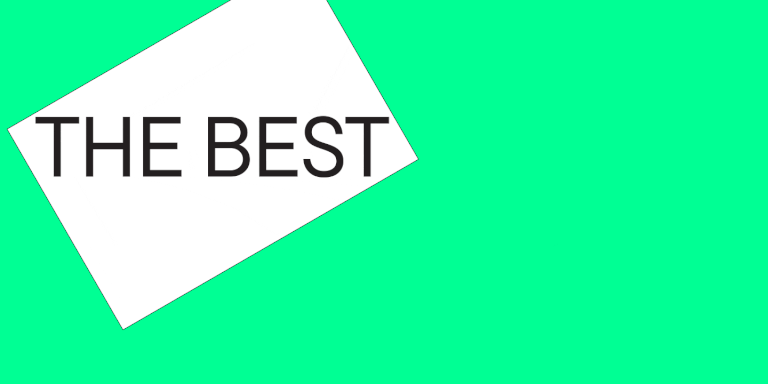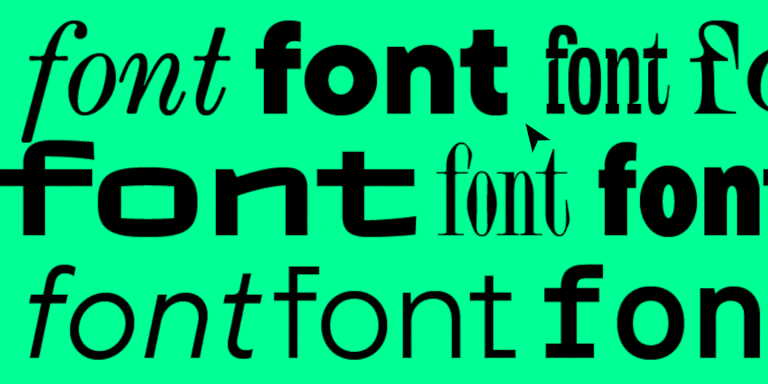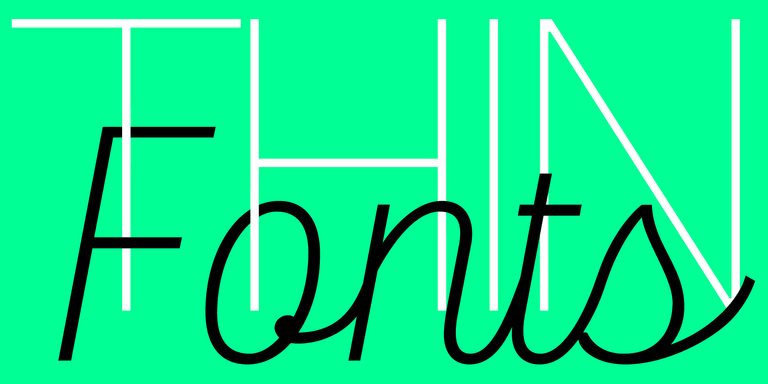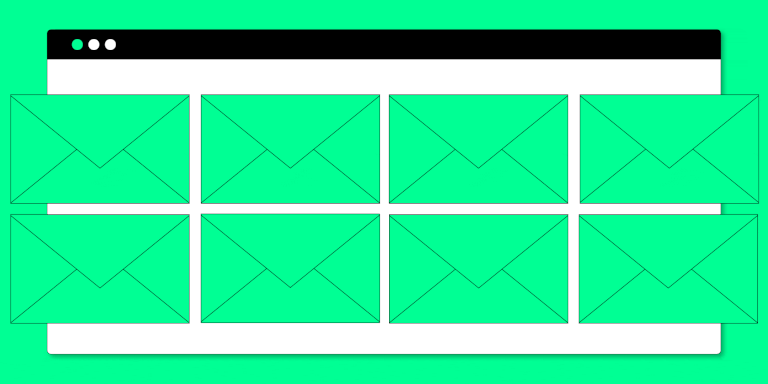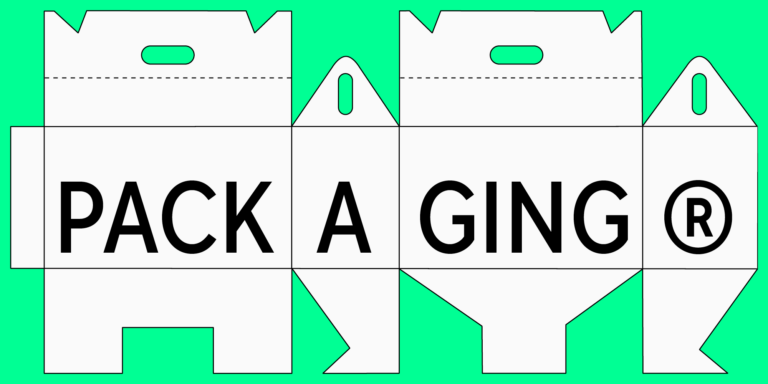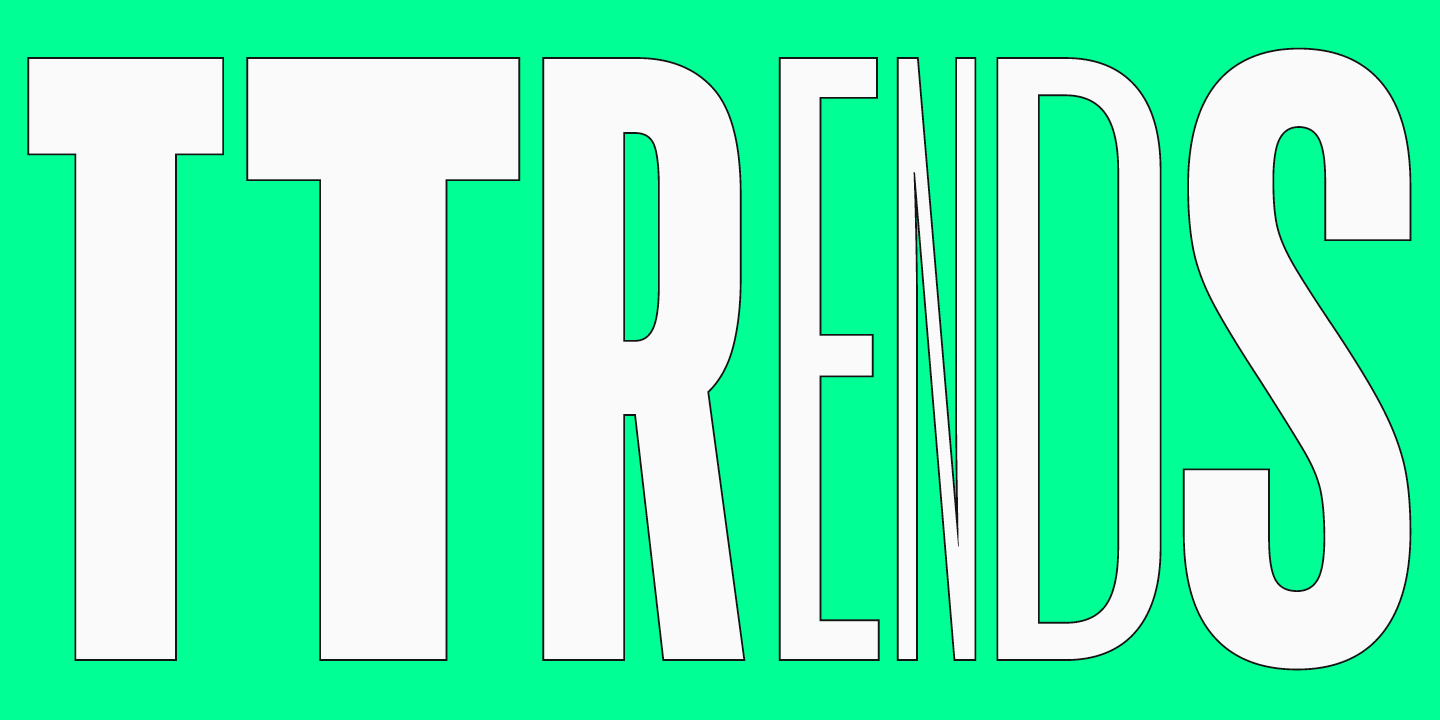
Vivimos en una época en la que las tendencias cambian casi a diario, y las tendencias en diseño tipográfico no son la excepción. Todos interactuamos con la tipografía a diario: en internet, en los supermercados y en los escaparates y carteles. Un diseño anticuado, en el mejor de los casos, genera aburrimiento; en el peor, desconfianza hacia el producto o servicio. Por el contrario, un diseño a la moda resulta cautivador y atractivo.
Entonces, ¿cómo crear un diseño fresco y contemporáneo en 2024? En este artículo, nos centraremos en las últimas tendencias tipográficas que pueden ayudarte a lograr este objetivo.
Elementos 3D e interactivos
Esta no es una tendencia nueva; sin embargo, en 2024 sigue evolucionando activamente. Las letras tridimensionales o animadas (o ambas a la vez), que visualmente parecen salir del diseño o la pantalla, nos invitan a extender la mano y tocarlas. Cuanto mayor sea la calidad de una fuente 3D, más realista parecerá. Estos elementos aportan a la tipografía una personalidad audaz y lúdica, haciendo que el diseño se vea expresivo y distintivo.
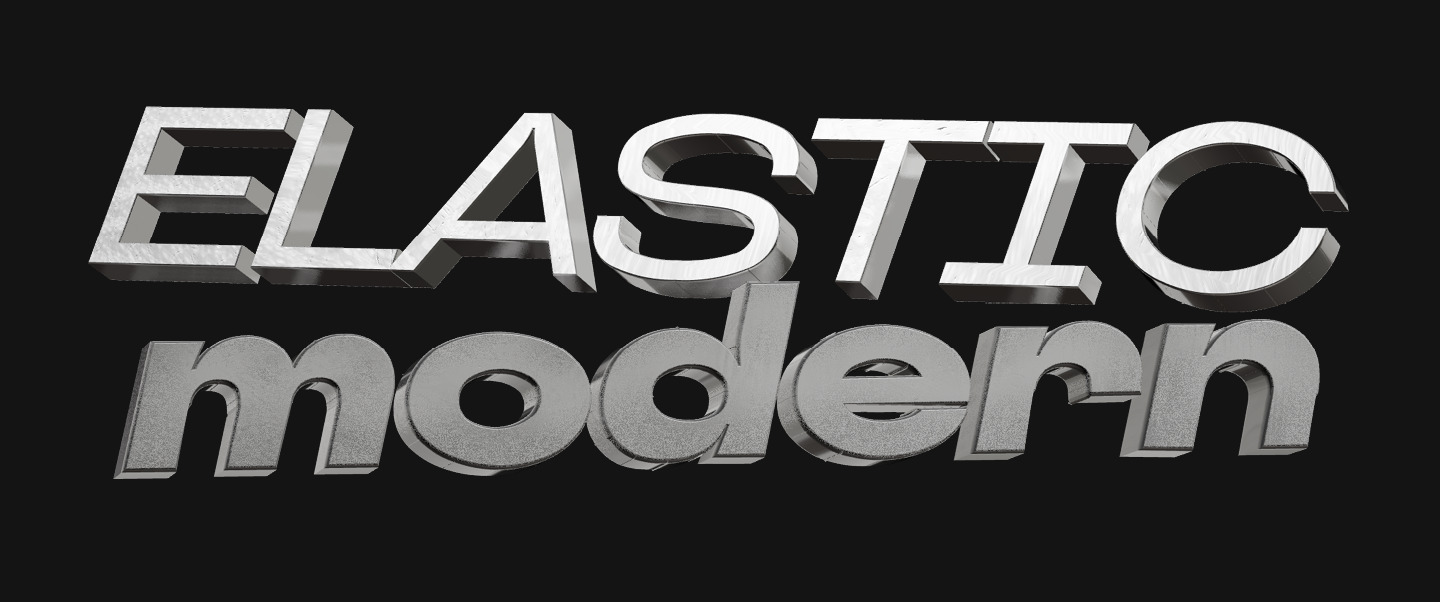
Dónde aplicar
Esta tendencia es adecuada cuando es crucial destacar un sentido de modernidad e informalidad, captar la atención y sobresalir de lo común. Por ejemplo, en la identidad visual de marcas de moda juvenil, en los carteles de festivales de música y en las portadas de revistas y libros de arte contemporáneo.t magazines and books.
Fuentes customizadas tipo firma
La tendencia hacia la autenticidad y la unicidad sigue vigente en 2024. Las fuentes personalizadas ofrecen a las marcas la oportunidad de expresarse, destacar entre la multitud y crear un diseño verdaderamente memorable.
A diferencia del uso de una fuente prediseñada, la personalización abre un sinfín de posibilidades para la autoexpresión: a petición del cliente, se pueden añadir caracteres adicionales, integrar un logotipo, modificar las formas de las letras para adaptarlas a la identidad visual de la marca y convertirlas en una parte integral de esta.
Un excelente ejemplo de esto es la customización de TT Trailers para el rediseño de la marca vietnamita PetChoy, conocida por la producción de alimentos para mascotas. Adaptamos la fuente a las necesidades de la marca incorporando soporte para el idioma vietnamita. Además, modificamos los diseños de varios caracteres, añadiendo diacríticos en forma de colas y orejas, así como siluetas de gatos y perros.
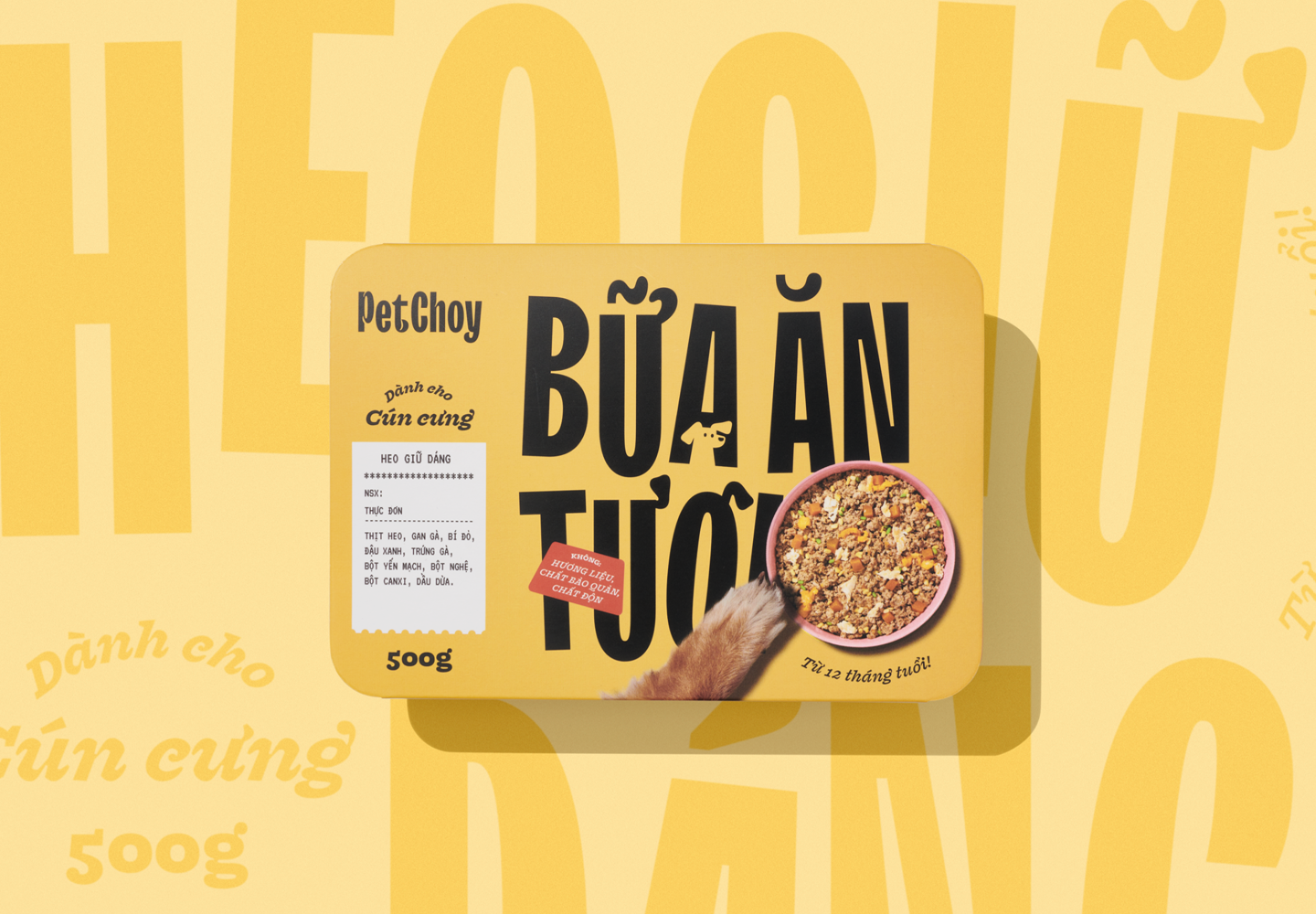
Dónde aplicar
Las fuentes personalizadas son adecuadas cuando se busca crear una identidad de marca integral y se planea utilizar la tipografía para diversas tareas y en múltiples plataformas y soportes (sitio web, empaques, publicidad, etc.). Para proyectos de menor escala, es mejor optar por fuentes prediseñadas. Aprende más sobre cómo elegir las opciones perfectas en nuestro artículo.
Fuentes creadas con la ayuda de la IA
El uso de la inteligencia artificial (IA) es una tendencia relativamente nueva que ha llegado a muchas áreas y ha generado numerosos debates. No hay razón para evitarla: la IA no puede reemplazar a los humanos ni desarrollar una tipografía completa, al menos por ahora. Sin embargo, puede ayudar a los diseñadores de fuentes a liberarse de sus propias ideas preconcebidas y crear algo nuevo e inesperado.
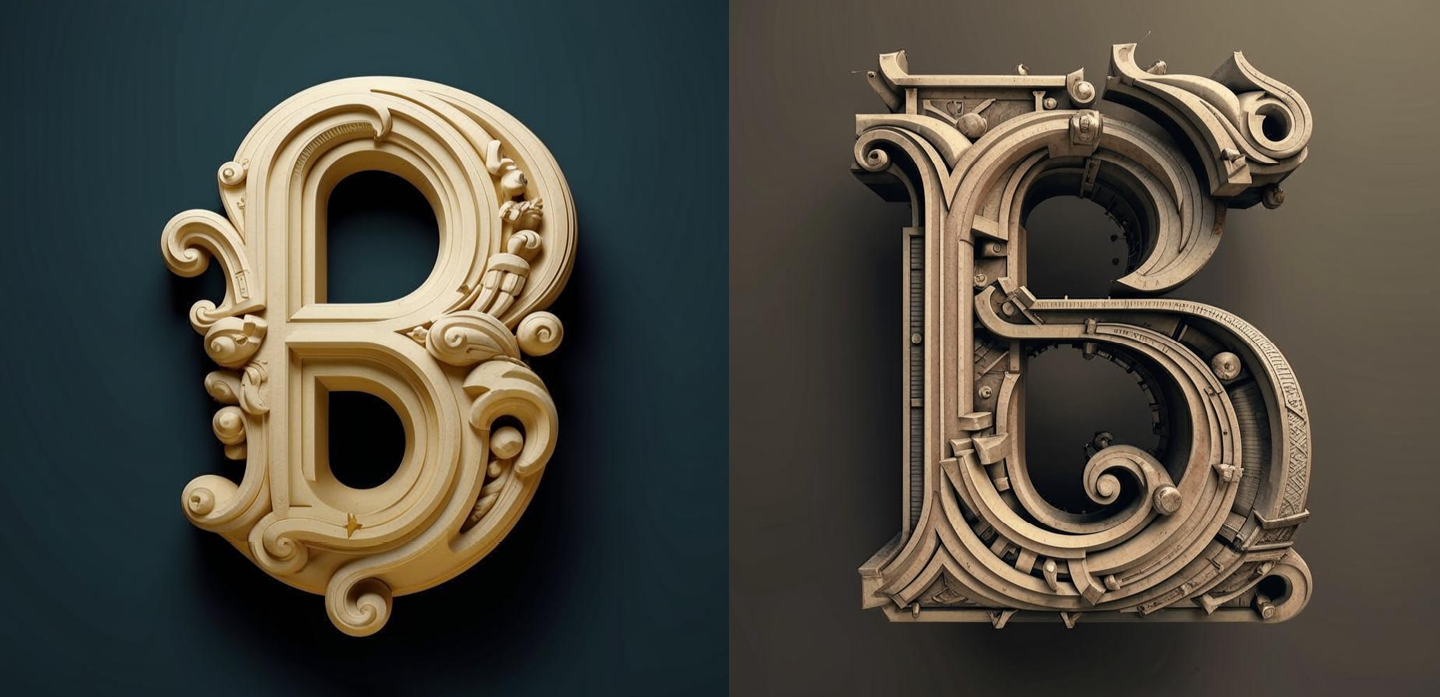
Dónde aplicar
Las fuentes generadas con inteligencia artificial son ideales para proyectos que requieren soluciones poco convencionales. Esta herramienta te permitirá alcanzar un nuevo nivel en el trabajo con tipografías, encontrar combinaciones y texturas inusuales o incluso hacer que las fuentes sean interactivas.
De vuelta a las serifas
Durante un tiempo, las fuentes con serifas perdieron popularidad al ser consideradas anticuadas, rígidas y aburridas. Sin embargo, esos días quedaron atrás: en 2024, la tendencia de las serifas ha vuelto con fuerza. Esto no es sorprendente, ya que las tipografías con serifas modernas son muy diferentes de las que veíamos en las publicaciones impresas del siglo pasado. Hoy en día, las serifas son fuentes ultramodernas e inusuales, con detalles cautivadores y memorables.
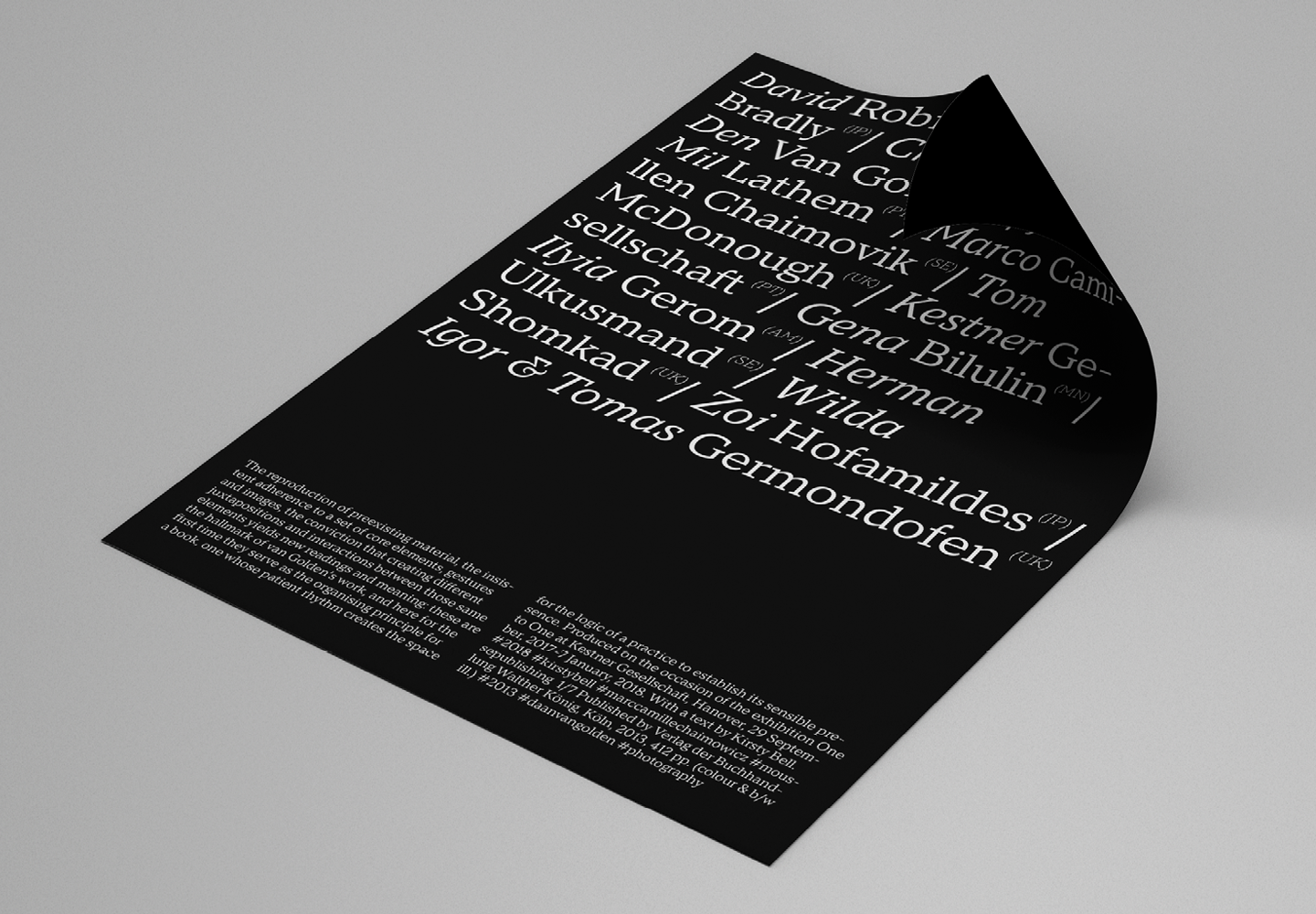
Descubre por ti mismo la diversidad de las modernas fuentes con serifas. Pueden ser dinámicas, únicas y extraterrestres, como TT Alientz Serif, o mágicas, encantadoras y elegantes, como TT Espina. Incluso cuando una fuente es más bien sobria, las serifas pueden resultar actuales y relevantes, como, por ejemplo, en TT Tricks y TT Norms® Pro Serif.
Dónde aplicar
Las fuentes con serifas más dinámicas pueden integrarse perfectamente en la identidad visual de cualquier proyecto moderno, aportando el estado de ánimo necesario y convirtiéndose en un acento destacado, ideal para tu idea de diseño. Las serifas versátiles son adecuadas para casi cualquier proyecto y pueden utilizarse tanto para resaltar elementos específicos como para redactar texto continuo.
Sans serifas de alto contraste
Las sans serifas de alto contraste representan un equilibrio entre las tipografías con y sin serifas. Poseen serifas sutiles o casi imperceptibles y, a diferencia de las sans serifas estándar, presentan contraste. Estos detalles les permiten mantener la simplicidad de las slab serifas y aportar elegancia al entrelazar historia y modernidad.
Un excelente ejemplo de este tipo de fuente es TT Ricordi Greto. Cuenta con un toque apenas perceptible de serifas, reflejando su origen: fue creada como parte de un proyecto experimental y se basa en el texto de una placa de suelo que data del año 1423. Sin embargo, esta fuente resulta muy actual y estilizada en la actualidad.

Dónde aplicar
Las sans serifas de alto contraste brillan mejor en tamaños grandes, donde despliegan todo su potencial oculto. Lucen fascinantes en portadas de revistas, empaques y carteles.rif shine best in large point sizes, where they unravel all their hidden potential. They will look captivating on magazine covers, packaging, and posters.
Neo-Gótico
Las tipografías inspiradas en las fuentes góticas, con referencias a caligrafía, contrastes, bordes afilados y elementos ornamentales, convierten a las fuentes Neo-Góticas en una de las tendencias tipográficas globales más peculiares de este año. Los métodos y elementos familiares de este estilo son reinterpretados y se integran de manera armoniosa en el código visual contemporáneo.
Un ejemplo destacado de una tipografía con elementos góticos es TT Ricks, una Antiqua audaz y agresiva con serifas afiladas, inspirada en la fuente De Vinne, diseñada en 1892 por Gustav F. Schroeder. Los rasgos góticos son especialmente notables en el estilo de fuente en negrita. Otro ejemplo interesante es la experimental sans serif TT Carvist. Robusta y geométrica, parece esculpida en piedra. El conjunto de caracteres latinos de esta tipografía tiene un aire gótico, mientras que el conjunto cirílico recuerda más a la caligrafía decorativa antigua.
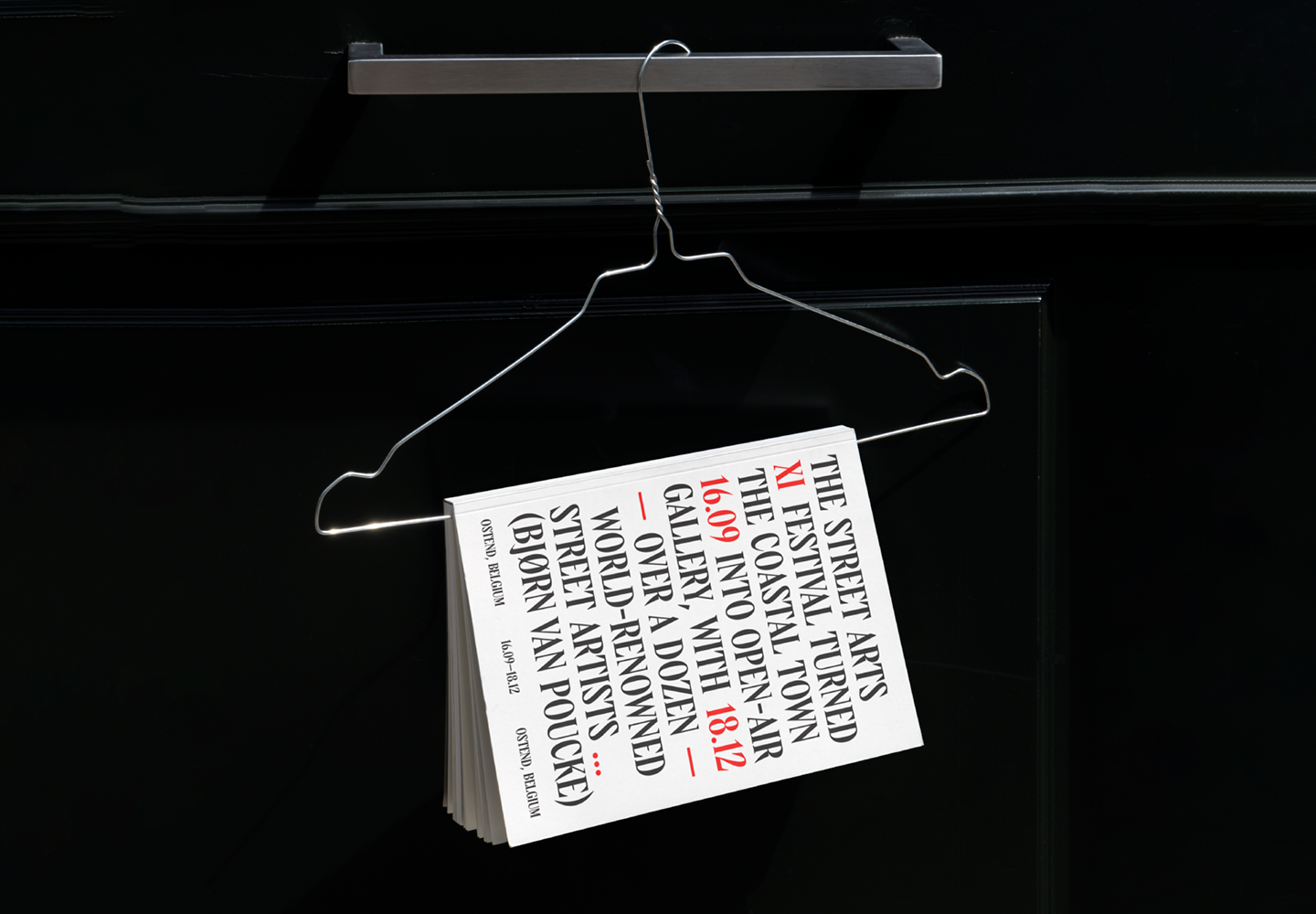
Dónde aplicar
Independientemente de las referencias históricas, las fuentes modernas con acentos Góticos resultan muy actuales. Aportan a tu diseño un estilo audaz, vanguardista y ultramoderno, perfecto para carteles de eventos, identidad visual de marcas, así como portadas de libros y revistas.
Fuentes de contorno
Las fuentes de contorno han sido utilizadas en el diseño durante mucho tiempo; sin embargo, en 2024, esta tendencia ha alcanzado un nuevo nivel. Gracias a las tecnologías de vanguardia, ahora es posible crear diseños verdaderamente únicos con estas fuentes, especialmente cuando se combinan con otras tendencias y se añaden elementos 3D e interactivos al diseño.
Puedes encontrar las mejores fuentes de contorno de TypeType y otros estudios tipográficos en nuestro artículo.
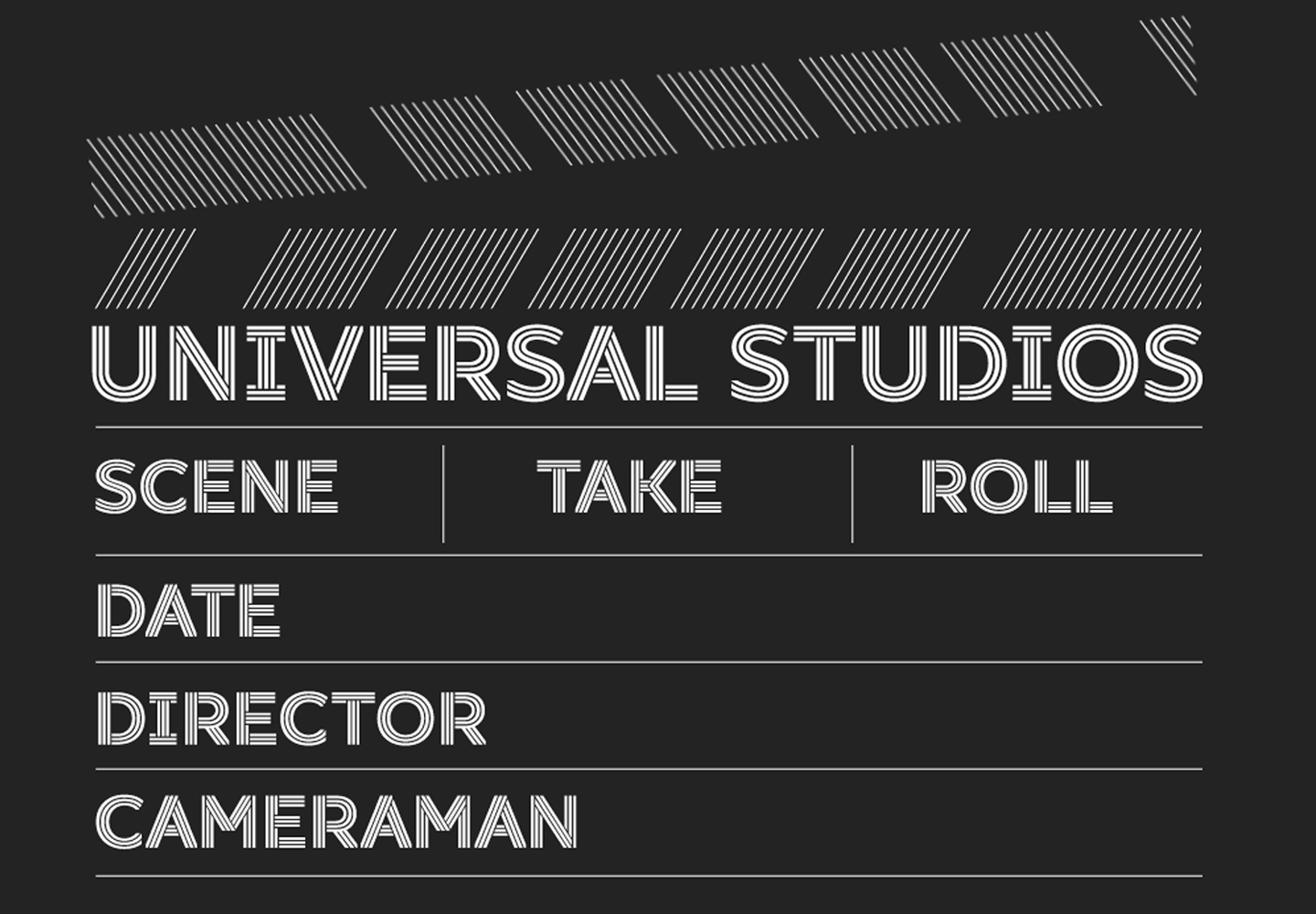
Dónde aplicar
Esta tendencia te ayudará a hacer tu diseño más inusual y a atraer atención. Las fuentes de contorno lucen impresionantes en señalización y realmente destacan cuando se utilizan para texto de acento en sitios web, aplicaciones y más.
Fuentes multilingües
La tendencia hacia el localismo ha estado influyendo en diversos campos durante años, y el diseño de fuentes no es una excepción. Muchos estudios tipográficos están aumentando gradualmente el número de idiomas que sus fuentes soportan. En un mundo con una amplia variedad de sistemas de escritura, esta es una oportunidad valiosa para que personas de diferentes culturas puedan disfrutar plenamente de fuentes hermosas y de alta calidad.
En TypeType, hemos estado trabajando activamente desde 2022 para ampliar la cantidad de idiomas basados en el alfabeto cirílico en nuestras tipografías. Un excelente ejemplo de un proyecto que refleja este principio es TT Neoris. Las tipografías más grandes de nuestra colección soportan más de 280 idiomas, incluyendo los alfabetos cirílico y latino extendidos. Entre estas fuentes destacan nuestros bestsellers TT Norms® Pro y TT Commons™️ Pro.
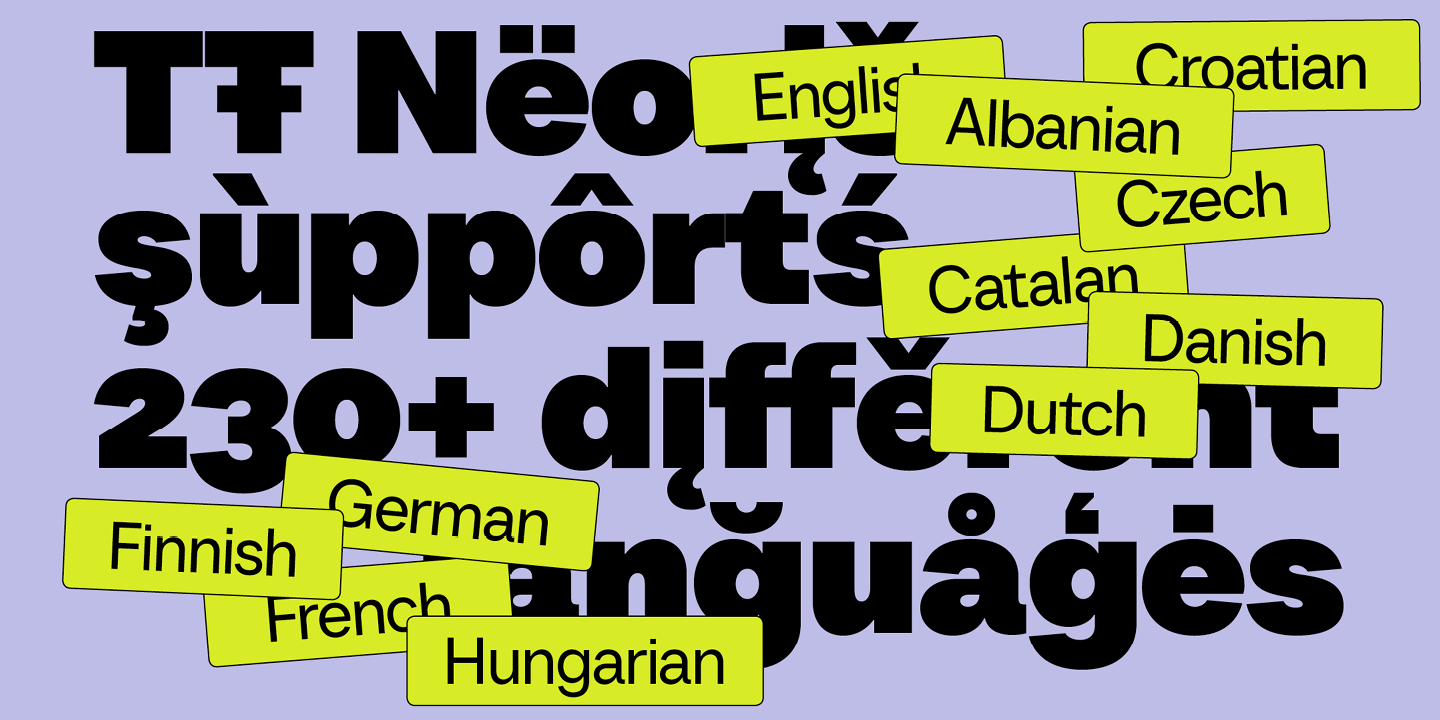
Dónde aplicar
Elige tipografías con un amplio soporte de idiomas cuando planees localizar tu sitio web, aplicación, marca u otro proyecto para diferentes países.
Familias tipográficas extensas
Integrar una amplia variedad de estilos tipográficos en una sola familia es, sin duda, una de las tendencias más importantes en tipografía. Esta característica permite a los diseñadores aportar diversidad visual a los proyectos, elegir la variante más adecuada para cada ocasión, combinar y mezclar estilos tipográficos, y utilizar una sola familia para varios proyectos.
Las familias tipográficas más grandes de la colección de TypeType incluyen TT Norms® Pro (104 estilos), TT Commons™️ Pro (104 estilos), TT Lakes Neue (91 estilos) y TT Hoves Pro (83 estilos).
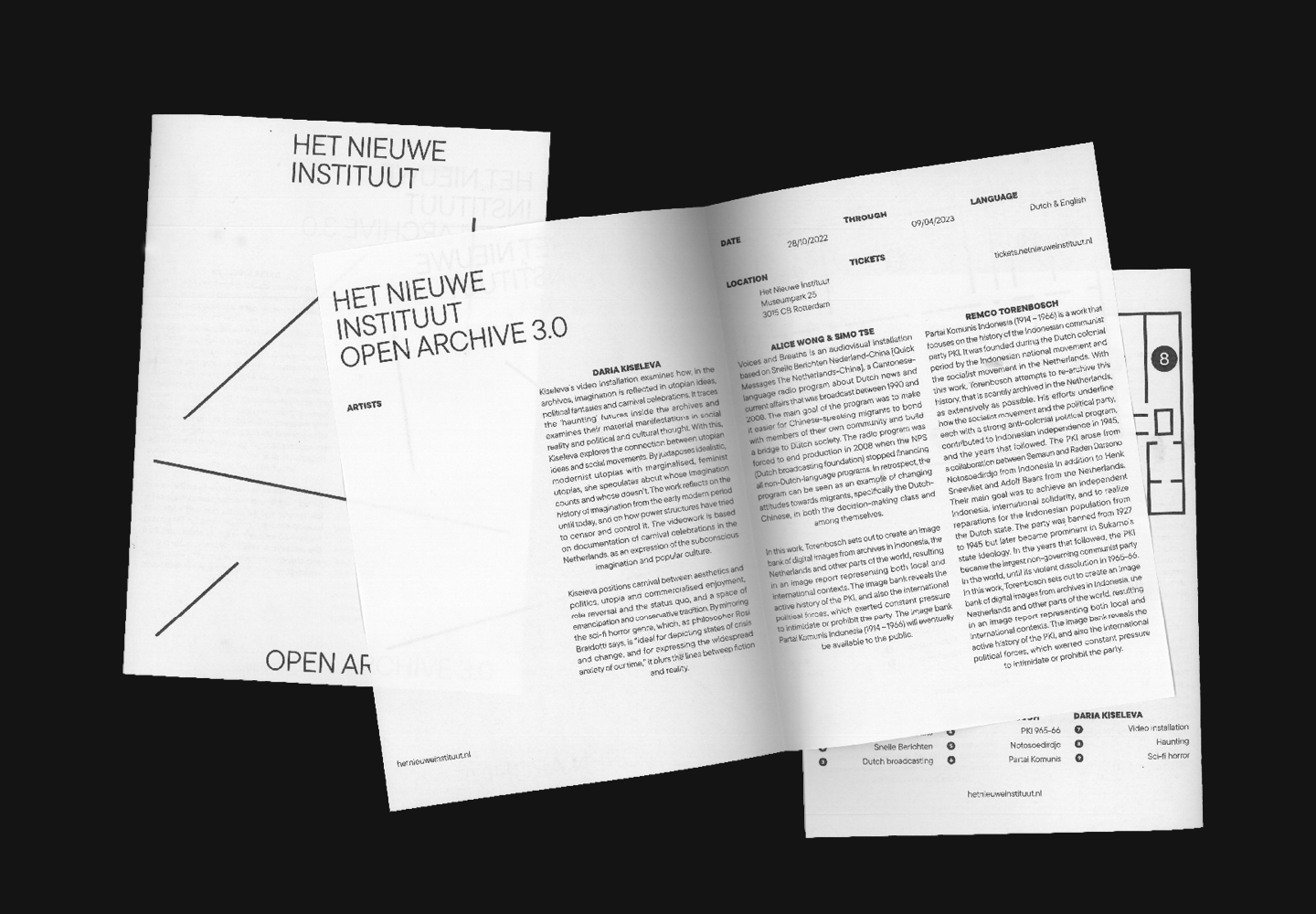
Dónde aplicar
Vale la pena considerar familias tipográficas extensas cuando necesitas nuevas fuentes de forma regular para resolver diferentes tareas o cuando requieres múltiples estilos tipográficos para un solo proyecto. Para proyectos ocasionales o de una sola vez, recomendamos optar por familias pequeñas o estilos tipográficos individuales.
Fuentes variables
La última, pero igualmente importante tendencia en nuestra lista son las fuentes variables. Esta herramienta permite a los diseñadores ajustar la fuente según sus necesidades y gustos, creando un diseño original con características únicas.
Muchas tipografías de TypeType incluyen fuentes variables. Aprende más sobre qué son y cómo utilizarlas en nuestro artículo.

Dónde aplicar
Las fuentes variables son ideales para tareas poco convencionales y cuando es necesario adaptar la fuente a un formato de diseño específico, como en el caso de sitios web o diseños de empaques.
Conclusión
¿Cuáles de las tendencias de nuestra lista te parecieron más interesantes? ¡No olvides guardar este artículo para tus futuras ideas de diseño!



